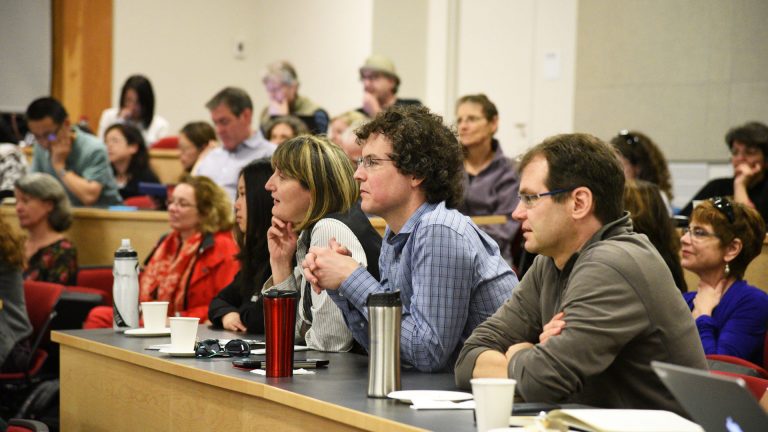As the last members of the human race that will be able to remember video stores and landlines, millennials are also the first generation to have their entire adult lives recorded by social media. The Generation Y’ers are finally starting to cultivate their professional careers, and keeping up a positive presence and reputation online is the key to making those career aspirations a reality. After all, with over a quarter of the earth’s population registered on some form or another of social media, few of us are safe from a quick Google search.
LinkedIn is starting to gain a lot of traction in the professional realm, as recent data suggests Google is doing is driving a ton of traffic to the social media platform. So the next time you apply for a job, there’s a pretty good chance that your prospective employer will be redirected to your LinkedIn profile. And with summer job opportunities right around the corner, I can’t think of s better time for the Digital Tattoo’s inaugural guide to LinkedIn: 10 Do’s and Don’ts.
DO: Have a good headshot
The most notable thing on any social media page is the profile picture. So why not use this as an opportunity to share that beautiful face of yours with prospective employers? Of course, a lot of us don’t have those professional looking headshots that some of our peers do, but some universities do offer free headshot workshops. Keep your eyes open for what services your campus might offer. And remember, worst-case scenario, you can always throw on a collared shirt and start firing away selfies.
DON’T: Leave your profile picture blank
Nobody likes a silhouette. Remember, in the age of social media, that face of yours is what’s going to draw attention to your page—and not having could even leave a negative impression on employers.
DO: Let your personality shine
If a good headshot is the heart of a good LinkedIn profile, than your ‘about me’ section is definitely the soul. You can use that space to not only highlight your most prized accomplishments, but it’s also an opportunity for them to get to know your personality. Treat it like a writing sample, letting them know where you’ve been and what your goals are. And don’t forget, a little humour can go a long way.
DON’T: Lie about your experience
This one seems obvious, although there is a fine line between up-selling some of your experience and outright lying. While I’m sure many of us are guilty of jazzing up of their work titles (I’ll admit, in my early days of moving furniture I would market myself as a ‘relocation technician’), outright falsifying work experience is a considerable offence. It’s easy to burn bridges when telling fibs, and you might even find yourself on the wrong end of a blacklist. Make sure you’re honest—you never know when a lie will comeback to haunt you, and the internet has made it a lot easier to single out the cheaters.
DO: Link to past work and accomplishments
A unique feature of LinkedIn is that it allows you to share samples of your work, essentially acting as an online portfolio. Share some of your proudest work to show potential employers what you can do.
DON’T: Link to Twitter
Twitter is a horse of a different colour. There’s a limit to what 150 characters can say, and often times the meaning of your old tweets can get lost over time. Don’t risk having a single tweet be taken out of context by your future boss.
DO: Keep all your jobs up to date
It’s a good habit to update your LinkedIn page every time you take on some new work. Not only will you let your connections know about your sweet new gig, but you’ll save yourself from one mega-update in the future.
DON’T: Undervalue your previous jobs
A lot of students come out of university with very little professional experience, so it’s always important to highlight some of the skills and techniques you might have acquired from previous jobs that might, on the surface, appear to have no relevance to your new career path. For example, you might feel silly sharing your experience as a burger flipper on the professional network, but working in a kitchen can require a lot of teamwork, communication, problem solving, and working under pressure. Don’t sell yourself short.
DO: Endorse the work of your connections
LinkedIn allows you to vouch for the abilities of your connections by ‘endorsing’ some of their skills. It doesn’t take too much effort to endorse a connection, and in doing so, you might just get a few endorsements back. These points of reference can be very appealing to potential employers, especially if you have some reputable endorsers.
DON’T: Try to make false connections
It’s common belief that the more followers we have, the more important we are—but LinkedIn doesn’t quite follow that logic. A good profile—complete with awards, accomplishments and writing samples—can stand on it’s own. Have faith in who you are, not how many connections you have.
Think there’s something we missed? Hit our comment section below to share some of your LinkedIn tips and experiences!


